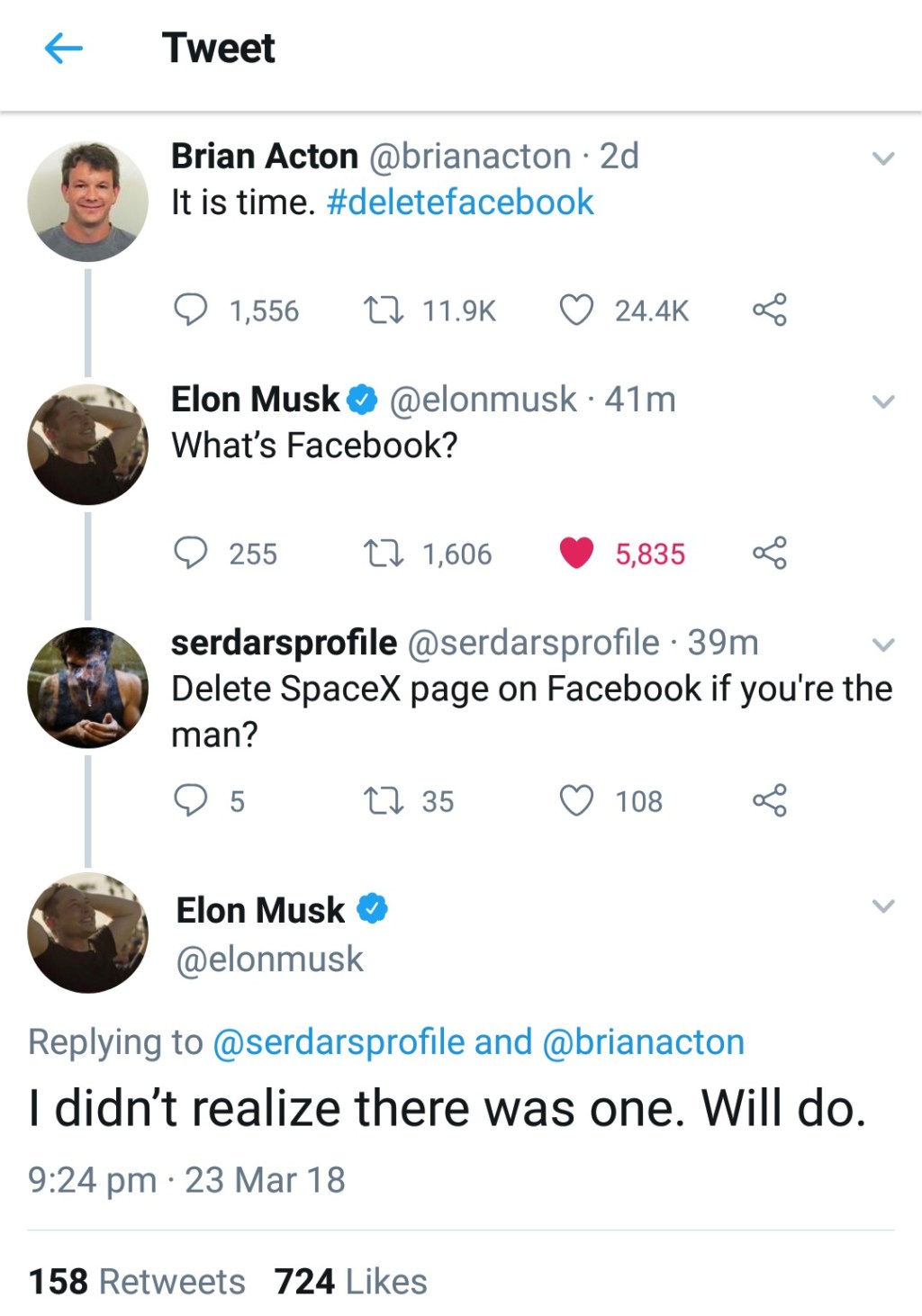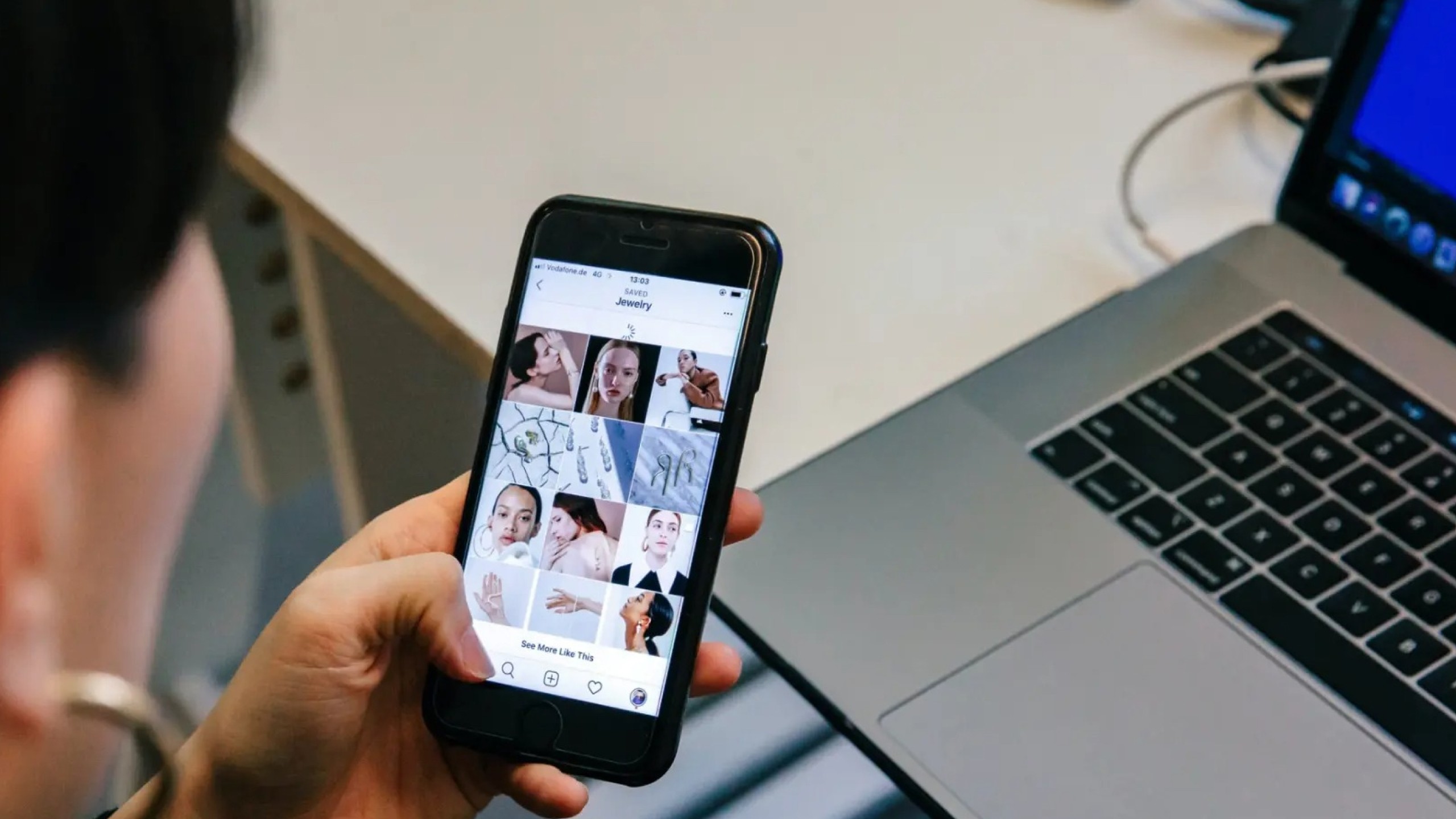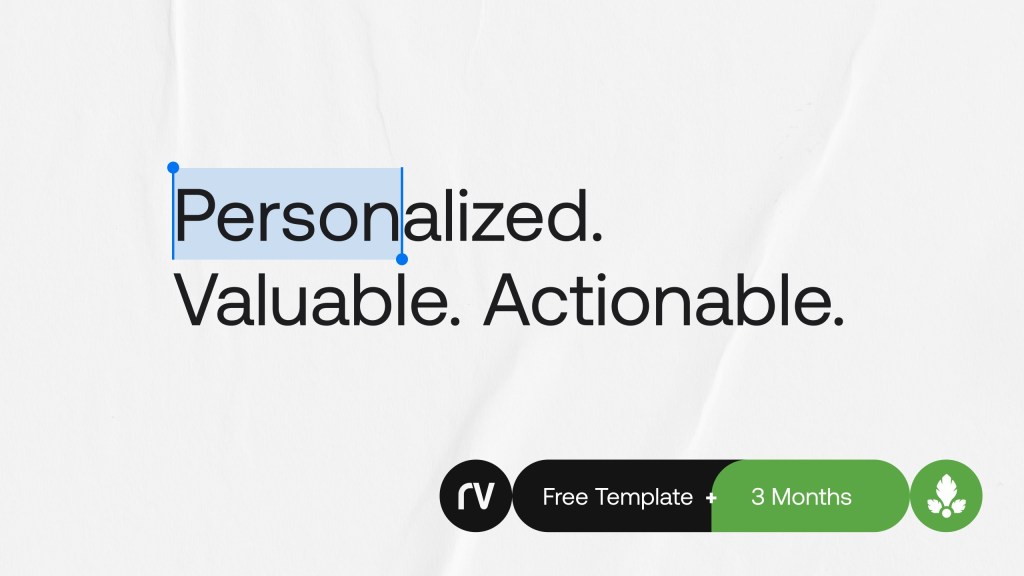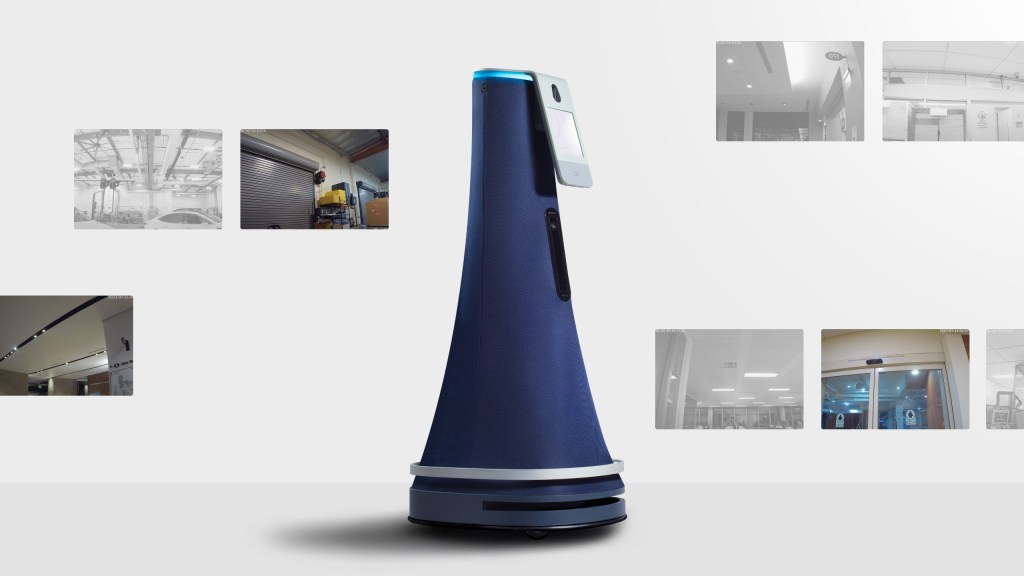Putting the majority of your paid social budget into Facebook is so 2020. And does anyone really want to go back to 2020? Didn’t think so.
Just like a carpet at a frat house, Facebook has seen better days. It’s no industry secret. The flagship social network that once boasted 1 billion daily users is now facing an unprecedented number of challenges, leading to a wave of users decrying the platform under the trending hashtag #DeleteFacebook. In 2017, Facebook reported 79% of the US population aged 12–34 were active Facebook users. By 2019, that number dropped to 67%.

The first problem? Advertisers are scrambling. The rollout of Apple’s privacy efforts earlier this year has required users to opt-in to advertiser tracking on their devices, effectively cutting off data from millions of users. With an unknown number of iPhone users no longer consenting to be tracked, Facebook can no longer utilize potential customer behavior data for marketing, nor can it offer cheap CPCs to advertisers, much less to small businesses trying to compete against big spenders. While Facebook has taken this in stride, even reporting a 35% increase in quarterly revenue YOY, the challenge to advertisers remains. “We and our advertisers will continue to feel the effect of these changes in future quarters,” COO Sheryl Sandberg told the Wall Street Journal.
“We and our advertisers will continue to feel the effects of these changes in future quarters.”
And the problems keep on coming. Perhaps the most scandalous stemming from internal sources. Former project manager turned whistleblower, Frances Haugen, revealed documents detailing employee concerns with the company’s internal research findings and how those were ignored by upper management—everything from the platform’s effects on inciting violence, harm to children, and spreading misinformation. To which Facebook has said, nah, not true. With the looming threat of regulation, it remains to be seen whether Facebook as a marketing platform will find a way to continue growing, or, at the very least, stop bleeding users.
More fuel to the fire? There’s even been talk of a rebrand, which, incidentally, seems to coincide with the company’s recent reimagining of how the platform will advertise itself, and how it positions its CEO, Mark Zuckerberg. Here’s a hint: more Zuck. That is so (Meta).
So what does all this mean for advertisers? The tides are changing. And they’re headed overseas—to TikTok.
TikTok is the world’s fastest-growing social media platform and has poked a generation-sized hole into Facebook’s game plan. With more and more original and engaging content stemming from the short-form video’s platform, a young, energetic and highly engaged audience has pushed its user base past the 1 billion mark last month, according to Tiktok’s parent company Byte Dance.
Once upon a time, Facebook did not fear competition. It didn’t even bat an eye. The behemoth would absorb its competitors using some pocket change (who could forget almost 10 years ago when Facebook famously acquired Instagram to the tune of $1 billion)? Or to crush competition it would—very closely—imitate them (remember when Snapchat got too close for comfort and Facebook introduced “Stories” and some very familiar filters)? Now with TikTok in the ring, Facebook has introduced “Reels” to Instagram’s roster of features. But its old tricks aren’t working anymore—the audience has failed to follow. Instead of diverting younger users away from TikTok, Facebook’s introduction of Reels has ironically allowed for content creators to create primarily for Tiktok, and repost to Instagram and Facebook for an extended social media presence.
We’ve known for a while that Gen Z audiences have little interest in Facebook, and this has been the case since before the pandemic. But in a strange turn of events, even millennial-aged users, the generation that fueled social media and the growth of Facebook, have also migrated to Tiktok in the last couple of years.
TikTok reports that Gen-Z makes up nearly 60% of its users. Younger users may still be on Instagram, but Gen Z is largely on Tiktok—and large means large. By next year, 74 million people in the US will belong to Gen Z, making it the largest generation.
It stands to reason, then, that advertisers cannot, and should not, expect their media spend to reap the same results it may have in fiscal years prior. While there’s no doubt Facebook will continue to be a major player for digital marketers in the next year, it may be the perfect moment to reconsider your audience, their motivations, and where to reach them. Who is the person at the receiving end of a campaign? What are they truly looking for? How can they be reached where they already are?
The case for divesting from Facebook is strong, especially considering the adaptive and performance-effective approach taken by other paid social channels, like Snapchat and Pinterest ads. Additionally, there are a handful of other innovative pipelines out there to reach potential new audiences, like OTT services, podcast ads, and even Livestream shopping.
Perhaps right now is the perfect time to think outside the book.




